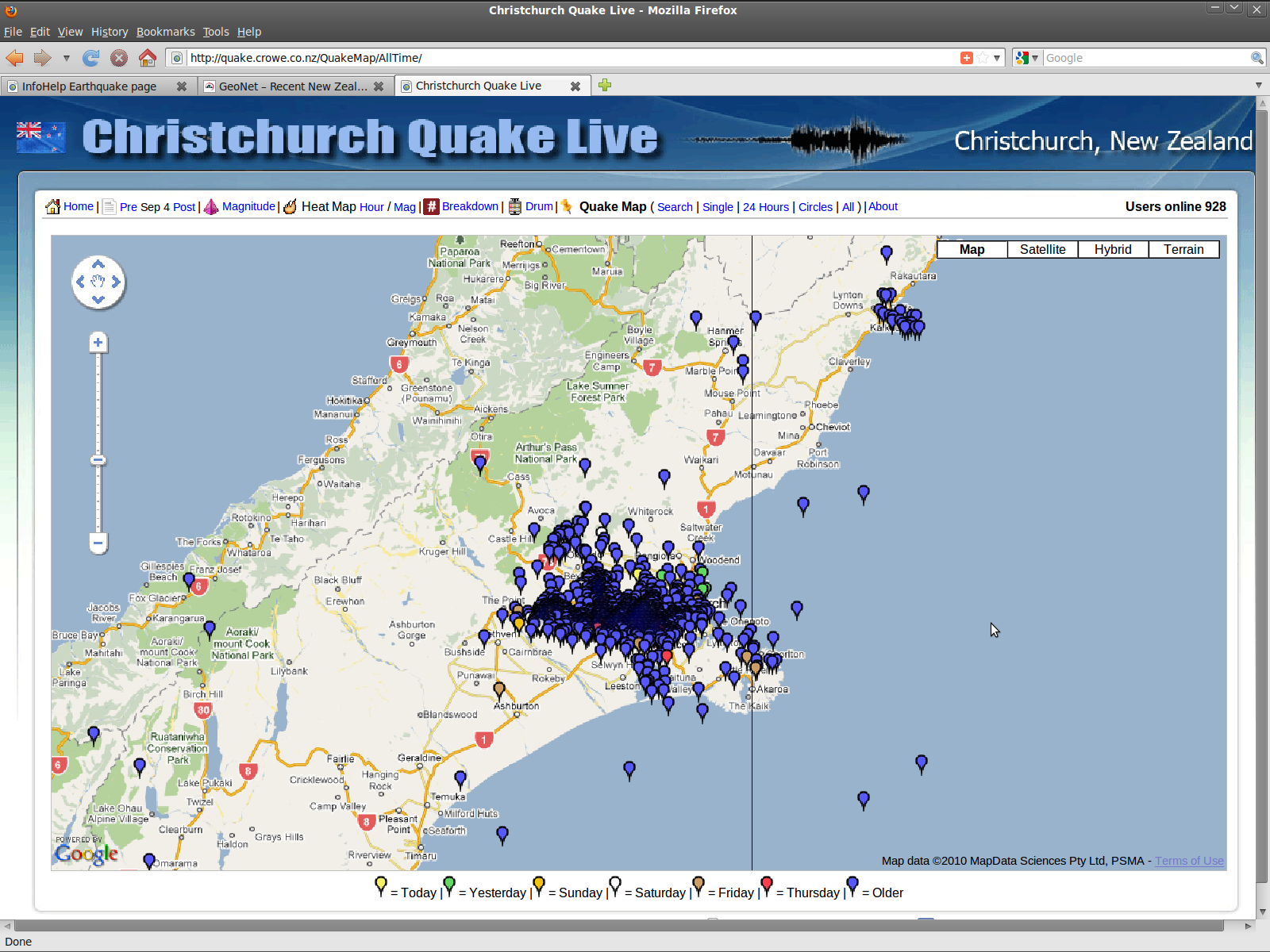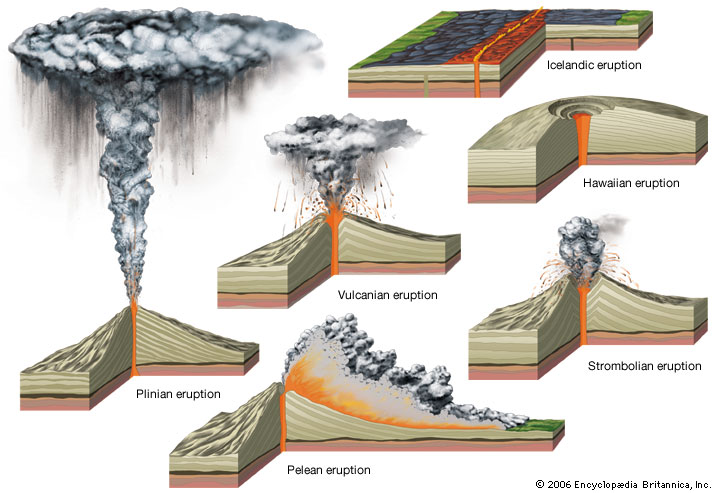
Volcano on the way?
Engineers have suggested the pattern of earthquakes is consistent with a deep volcanic vent driving it's way to the surface under Christchurch Banks Peninsula
Seismologists and volcanologists are watching and listening for land deformations and plate movement that could signify the geological dynamic duo of earthquakes and volcanoes are combining to cause tectonic mischief.
The geological chain reaction linking earthquakes and volcanoes takes place deep in the ground where it can’t be seen. In order for earthquakes to set off a volcano, the magma reservoir beneath the fiery mountains must be already primed to blow. First, magma chambers encased in hard rock deep in the Earth release gases, fracturing the reservoir walls and opening up small cracks. As that pressure builds, tectonic tremors can agitate chambers.
“If you have a magnitude 6.0 earthquake, a magnitude 7.0 earthquake, somewhere relatively nearby, then those waves cause small strains, a little bit of deformation (in the rock surrounding the magma chambers) – a small amount – but it might be just enough to trigger an eruption,” said Cindy Ebinger, a geophysicist from the University of Rochester. “For it to trigger, whatever those seismic waves are perturbing has to be nearly ready to go as it is.”
Reports of new sulphur/smell in East Christchurch (RadioNZ & NewsTalkZB) Christchurch Star says it's in old sand- too many "sand volcanoes" to ignore? in Halswell StAlbans Avonside Bexley
Reports of farmland flat fields "boiled up" into hummocks Darfield area Morning Report RadioNZ 9Sept10 +
New Zealand Earthquake Report - Sep 9 2010 at 3:13 am (NZST) Magnitude 3.7 Thursday, Focal Depth 6 km, Within 5 km of Lyttelton, 10 km south-east of Christchurch - Ferrymead Historic Reserve
4.0 quake 5km deep under Halswell School
3.4 quake 8km deep "20 km south-east of Hanmer Springs" thermal zone + 'war story' from Addington showground welfare centre council staff in Christchurch - a bore once sunk beside the road produced hot water so was unusable.
See- gas rising-
See- gas rising-

"Information so far suggests that the fault is pre-existing, and a patch has been reactivated during the Darfield earthquake. Large (up to 700 km long) normal faults with the same strike (direction) are numerous on the Chatham Rise, out to sea east of Banks Peninsula Banks Peninsula

Before a volcano erupts, there is normally an increase in earthquakes and tremors ... is thrown about by these explosions, with the gases rising high into the air.
Seismic activity (earthquakes and tremors) always occurs as volcanoes awaken and prepare to erupt and are a very important link to eruptions. Some volcanoes normally have continuing low-level seismic activity, but an increase may signal a greater likelihood of an eruption. The types of earthquakes that occur and where they start and end are also key signs. Volcanic seismicity has three major forms: short-period earthquake, long-period earthquake, and harmonic tremor.
Short-period earthquakes are like normal fault-generated earthquakes. They are caused by the fracturing of brittle rock as magma forces its way upward. These short-period earthquakes signify the growth of a magma body near the surface and are known as 'A' waves. These type of seismic events are often also referred to as Volcano-Tectonic (or VT) events or earthquakes.
Long-period earthquakes are believed to indicate increased gas pressure in a volcano's plumbing system. They are similar to the clanging sometimes heard in a house's plumbing system, which is known as "water hammer". These oscillations are the equivalent of acoustic vibrations in a chamber, in the context of magma chambers within the volcanic dome and are known as 'B' waves. These are also known as resonance waves and long period resonance events.
Harmonic tremors are often the result of magma pushing against the overlying rock below the surface. They can sometimes be strong enough to be felt as humming or buzzing by people and animals, hence the name.
Patterns of seismicity are complex and often difficult to interpret; however, increasing seismic activity is a good indicator of increasing eruption risk, especially if long-period events become dominant and episodes of harmonic tremor appear.





No comments:
Post a Comment